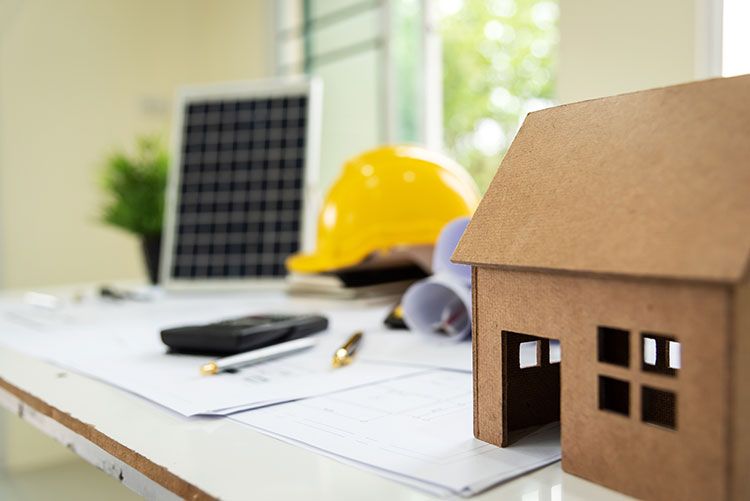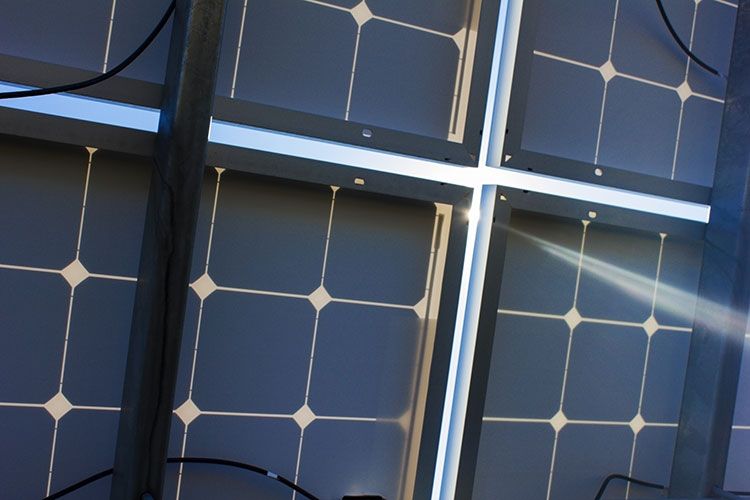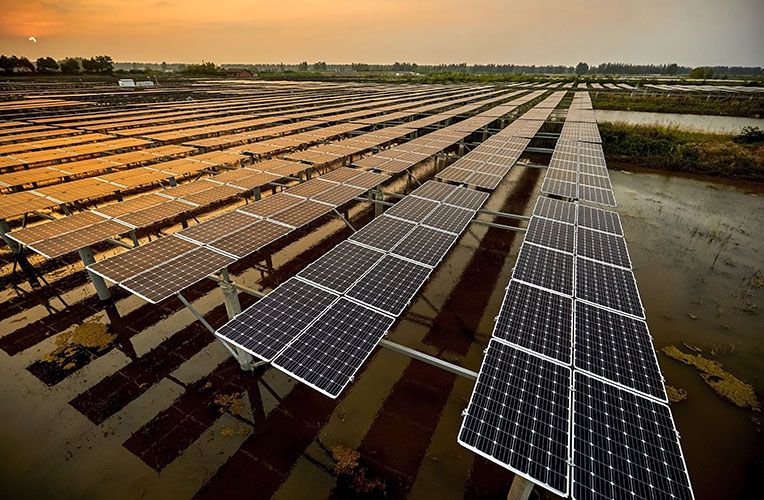
Are Microgrids the Ideal Renewable Energy Solution for Australia?
Over the past few years, many customers have expressed their interest in both solar and extra storage. When they cannot rely on their electric companies, they still want to turn their lights on. The goal is to generate power for their homes while storing solar that they can use later. The solution is here: microgrids.
One of the reasons why microgrids have become a hot topic these days is the number of major storm events around the world. A microgrid is a smaller version of conventional grids. It is not a new approach, but it has started receiving more attention recently.
Microgrids may be the solution to maintain a reliable source of power. They can be utilised to return power quicker for local connections. Microgrids can supply produced energy to a local or a smaller group of consumers.
What Exactly is a Microgrid?
Microgrids are just what they sound like. They are a compressed version of the electrical grid that you know powers the whole country.
As you know, the electrical grid supplies the electricity demand of the consumers. It is also its job to ensure that the demand and supply are balanced. The electrical demand is connected to the supply using the systems for transmitting power and distributing it.
You can view microgrids this way. They work similarly, but they only supply energy for a smaller area, such as a community or a few buildings.
Microgrids are considered a type of subsystem. They are simply connected to the primary grid at one point. With this link, these smaller versions of standard networks act as a switch. Therefore, users can connect and disconnect the microgrid from the main grid. If there is a power failure, this capability is quite useful. As a result, consumers can operate the microgrid as an island connection temporarily.
For the microgrid to meet the demands of the consumers, it should first have a source for generating electricity. Microgrids are not a new concept with their power supplied from behind the metre generators, such as gas-powered generators and other fossil fuel generators.
With the decreasing prices of solar systems and their environmental benefits as well, many companies have chosen to design microgrids based on technology. Microgrids today can supply electric power with the combination of a solar system and battery storage.

When are Microgrids Useful?
Several instances of power outages around the world occurred in the past. It is not surprising that such a problem can happen again anytime. In 2017, Hurricane Maria caused massive damage throughout Puerto Rico. During that time, the most prolonged power outage in the US took place.
In Australia, many power outages also happened. For instance, in the Victoria state, bushfires caused electric connections to shut down in 2007. The city of Darwin also suffered from a blackout in 2010 when transmission lines were struck by lightning. It affected nearby towns as well, namely Palmerston and Katherine from 6 AM to 4:30 PM.
A year later, Cyclone Yasi hit North Queensland, causing 170,000 homes to lose electricity. Also in 2016, the South Australian blackout, which affected the whole state with 1.7 million, was due to two tornadoes. The power system shut itself down to protect itself.
All the events above can be ideal use cases for microgrids.
The effects of losing electricity can vary widely, usually depending on who (or what) lost power. For instance, if one house loses electricity for a few hours, it can be a nuisance for the household members. However, it is not a serious matter most of the time.
The problem arises when the loss of power occurs at a hospital, which can involve a life-threatening scenario. At this point, it makes absolute sense to have an interconnected system for solar panels. Storage is beneficial as well, although it is not truly required. Nevertheless, the system will help ensure institutions, including hospitals, can continue their operations in case of an outage.
Microgrids are useful in many situations. They can power emergency response buildings so that they can provide resiliency for the community with a large population, for instance. This function is quite advantageous for places where there are a great number of patients whose lives could be put at risk due to prolonged outages.
One significant benefit of using a microgrid is that it extends beyond just one house. It can power an entire community by creating a small island with isolated electricity.
For example, a fire department, senior centre, and school can all be connected to a microgrid. This way, the first responders would find it easy to operate. It also creates a possible shelter in the event of a storm. This shelter works under an interconnected grid system.
How Do Microgrids Work?
The process is not too complex, but it does involve three essential components:
- Microgrids require energy produced locally to make sure they remain functional autonomously if they get disconnected. The power source can be anything from photovoltaic panels to cogeneration to biomass plants to wind turbines. There should also be an extra supply to serve as a backup, which is usually in the form of a power generator. Theoretically, it may be possible for microgrids to be completely off-the-grid. However, not everyone is ready for such a practice yet.
- The second essential component is a storage system, which is a battery system.
- Finally, a smart management system is needed to make sure there is a continuous balance between demand and supply of power.
The traditional grid connects households, businesses, buildings, and other structures to a central power source. It allows people to use their appliances, charge their phones, and connect anything electric-powered. The problem with this setup is that everyone is affected if part of the grid goes down. Whether wholly damaged or just needs basic repair, power consumption and generation stop right away.
Microgrids help to avoid the problem as they operate while on the grid. More importantly, though, they can run on their own with local energy generation when crises, such as storms and power outages, occur.
They usually turn to distributed generators for power, but batteries and renewable resources, such as solar panels can be an efficient source as well. It would typically depend on how the microgrid is fuelled, along with its requirements. When appropriately managed, a microgrid may be able to run indefinitely.
Microgrids in Australia
Experts believe that using microgrids can help Australia become a world leader. Quite recently, the eastern suburbs of Melbourne are confirmed to be testing power distribution and usage with microgrids. It takes place at the Clayton campus of Monash University where buildings are powered by solar. This power is shared all around the city-like school.
Meanwhile, in Victoria, the government has invested in commercial-ready microgrid projects all over the state. They would include battery storage and other new technologies to boost renewable energy production. In Western Australia, micro and mini-grids are in Onslow, Marble Bar, and some other smaller islands.
Earlier this year, the Australian Prime Minister proposed a huge budget of $36 million for a microgrid program. It will focus on using microgrids for remote communities that are underserved in terms of electric power.

The Future of Microgrids
As a technology, microgrids hold a lot of great promises for the coming years. With rapid improvements, the possibilities expand to electricity use becoming more adaptable. It can be controlled with every system, device, and appliance learning to connect over the Internet.
Electricity generators, including both small and large scale ones, have lowered their prices. The efficiency and even the production are much better with cleaner results. There are now solar panels, natural gas generators, and small-scale wind power sources. In particular, solar panels are much more affordable, making them more comfortable for consumers to switch to them.
Additionally, storage systems have the potential to lower their prices as well. They are more diverse than before, with different types of fuel cells and batteries. With varying systems of storage, microgrids can function smoothly, especially with changing weather. Therefore, power is absorbed efficiently.
Smart design and powerful pieces of software can generate microgrids. These microgrids can be specifically designed to connect with renewable sources of energy. Some microgrids can also be created to offer “six nines” of reliability or efficiency (99.9999 per cent). Additionally, it is possible to have microgrids with maximum resilience, which is useful for places that often have power outages.
Nested microgrids, which are microgrids within microgrids, are also a possibility. One smart microgrid though can have the capacity to aggregate diverse and distribute low-carbon resources. With such a process, it can give cheap and clean power that people can rely on.
It may still take a few more years for a microgrid to accommodate a large grid, but many companies have started talking about it.
The most exciting part is a grid that has more than a dozen – or even a hundred – or networked microgrids. This modular architecture with several nodes that can operate semi-autonomously would operate securely and efficiently. For this reason alone, microgrids are indeed something beneficial to watch out for in the coming years.